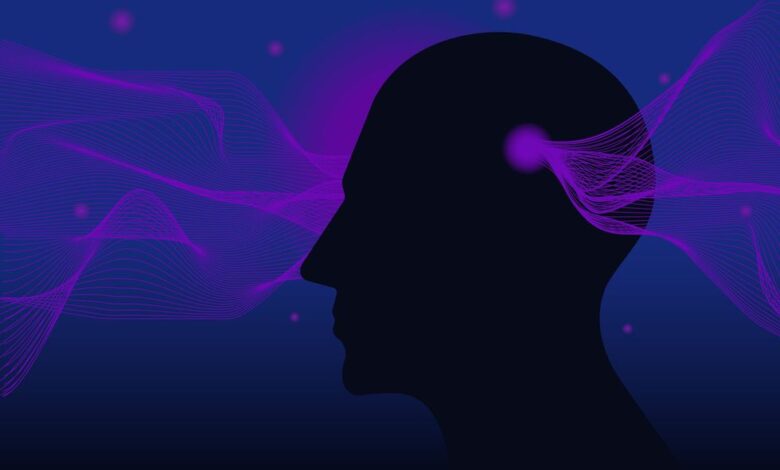Juicing the brain waves: My experience with binaural beats

If a chat between writers goes long enough, someone will ask: “Do you listen to music while you’re writing?”
Most writers do, including me, most of the time. I’ve written about my love of ambient music. I work from home and have two toddlers, so music is practically a necessity, along with, just as often, my gun-range earmuffs.
Most binaural beat recordings have a calming effect, as if you’ve found yourself at a high-end spa. At the same time, the clashing tones can become annoying, distracting, and even downright spooky.
I recently began experimenting with something called binaural beats, an audio illusion that can affect brain-wave activity.
Therapeutic usage of binaural beats is far-reaching: anxiety reduction, elevated focus, heightened cognitive functioning, enhanced mindfulness, and improved sleep. They can aid memory. They have also been used in hospitals to alleviate pain. Binaural beats may even provide relief for sinus congestion.
NASA has experimented with the method for years. Binaural beats can intensify virtual reality experiences, which is useful during the agency’s VR training. TikTok boasts no shortage of content about “NASA genius brain wave music.” Psychosocial genius code, delivered through music.
For the duration of this article, I played various kinds of binaural beats — a lot of them. All through the research and writing phases, I listened to “Binaural Beats: Focus,” “Binaural Beats: Study,” “Binaural Beats: Focus Flow,” and “Binaural Beats: Focus and Concentration.” During several high-stress situations, I played “Binaural Beats: Calm Your Anxiety” in the background. When sullen, I played “Binaural Beats for Depression.” At night, I played “Binaural Beats: Sleep.”
So did they work?
Yes, but it’s complicated.
What are binaural beats?
While I swear I felt a positive effect when running the audio through my Sonos speaker, most experts agree that binaural beats only work when played on headphones.
That’s because the “beats” are actually an illusion. They don’t exist. They are the effect of hearing different tones and frequencies in separate ears.
This collision of sound causes the brain to introduce a third sound — the wavering pulse, the lively drone, which becomes the beat.
The theory of “brainwave entrainment” posits that these binaural beats can influence brain-wave activity, leading to real-world effects.
Brain-wave frequencies start at 1-4 hertz, known as delta, which corresponds to sleep, all the way up to 30-50 hertz, known as gamma, which is linked to the more advanced processes of cognitive function.
The spectrum basically spreads from total relaxation to total awareness.
How do you do it?
Binaural beats didn’t turn me into a classical pianist or a theoretical physicist, but that’s not within their potential. They did help me achieve a weird tranquility that allowed me to focus.
Most binaural beat recordings have a calming effect, as if you’ve found yourself at a high-end spa. At the same time, the clashing tones can become annoying, distracting, and even downright spooky.
You can buy mind machines and brain-wave entrainment devices, starting at $300, from companies like Mind Alive, Myndlift, and A Chance to Grow.
They employ audio-visual entrainment, an audio technology that’s more sophisticated than binaural beats, enhanced by lighting and effects that stimulate deeper “entrainment.” One of their claims is that AVE devices offer a drug-free way to improve people’s mental health and cognitive functioning.
Unless one of these companies wants to send me a test product, I’ll have to stick to regular old headphones.
Frankenstein’s playlist
Shortly after being discovered in 1839, binaural beats vanished from scientific interest. They didn’t recover this attention until 1973, thanks to an article titled “Auditory beats in the brain,” which established the ongoing link between binaural beats and neurological advancement.
The movement has garnered a following of eager witnesses. And various studies have confirmed aspects of these claims. But overall, the therapeutic power of binaural beats lacks scientific consensus.
The intensity of binaural beats varies from person to person, and they have no effect on some people.
But it’s worth a shot: The risks are low, beyond the rare possibility of affecting people with epilepsy.
At the very least, the sounds are pretty.




